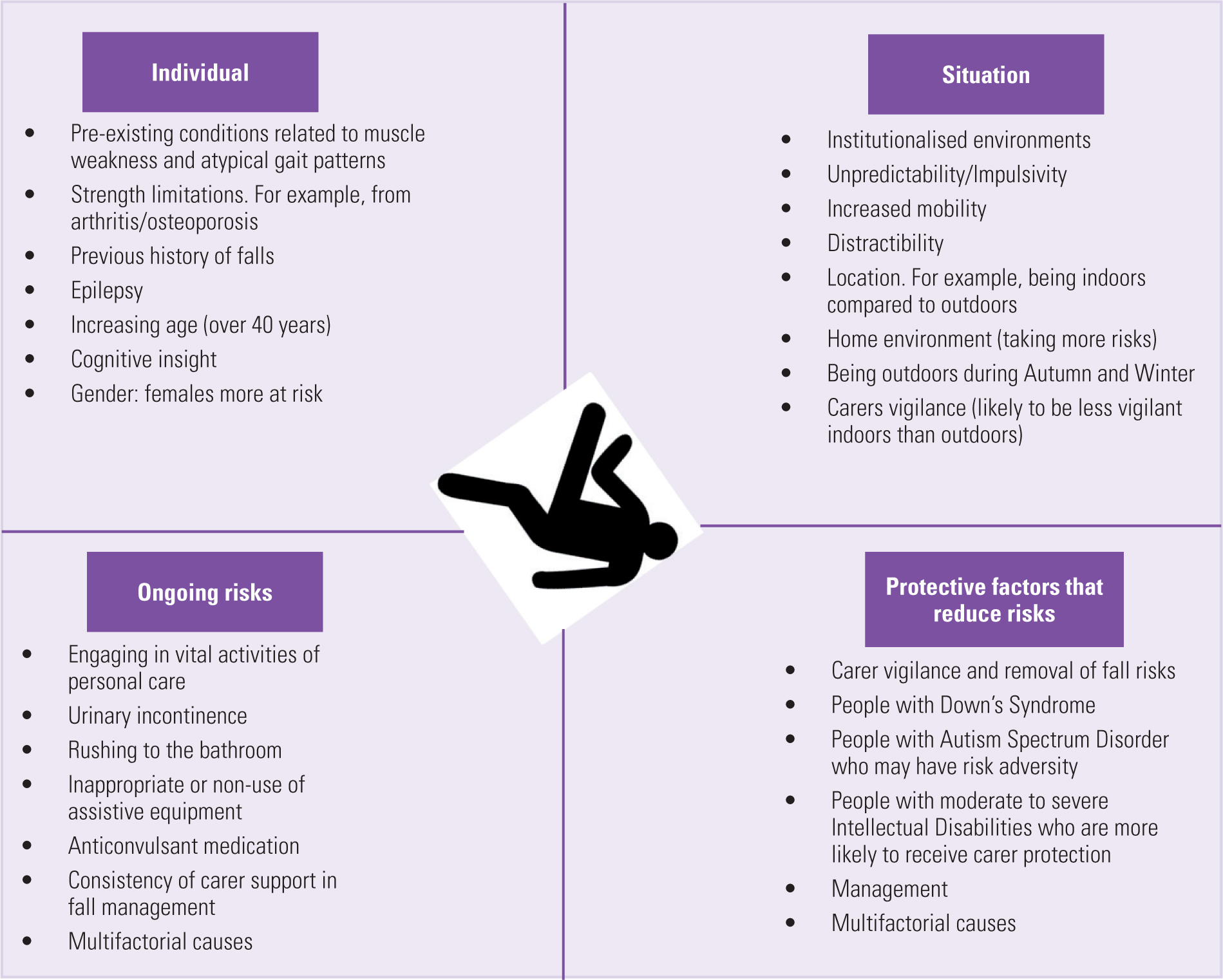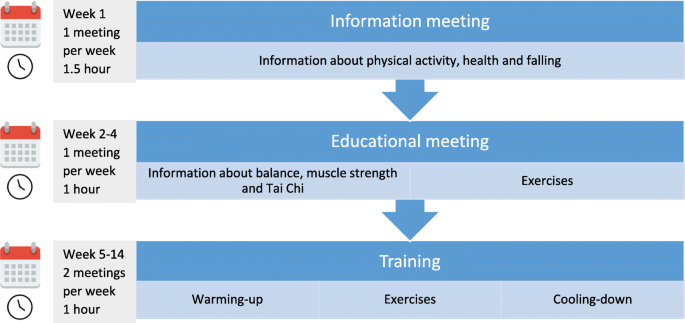The Buzz on Dementia Fall Risk
Wiki Article
The 3-Minute Rule for Dementia Fall Risk
Table of ContentsThe Buzz on Dementia Fall RiskAn Unbiased View of Dementia Fall RiskHow Dementia Fall Risk can Save You Time, Stress, and Money.The Best Strategy To Use For Dementia Fall Risk
A loss threat analysis checks to see just how most likely it is that you will certainly drop. The analysis typically includes: This consists of a collection of concerns about your general wellness and if you have actually had previous drops or problems with equilibrium, standing, and/or strolling.Interventions are recommendations that might reduce your danger of dropping. STEADI consists of 3 steps: you for your risk of falling for your threat variables that can be boosted to try to avoid falls (for instance, equilibrium issues, impaired vision) to minimize your risk of dropping by using reliable methods (for instance, giving education and sources), you may be asked numerous questions including: Have you fallen in the past year? Are you worried about falling?
You'll rest down once more. Your service provider will examine the length of time it takes you to do this. If it takes you 12 seconds or more, it might suggest you go to higher risk for an autumn. This examination checks toughness and equilibrium. You'll sit in a chair with your arms crossed over your chest.
Move one foot halfway forward, so the instep is touching the big toe of your other foot. Relocate one foot totally in front of the other, so the toes are touching the heel of your other foot.
What Does Dementia Fall Risk Mean?
A lot of drops take place as a result of multiple adding elements; as a result, managing the threat of falling starts with determining the variables that add to fall threat - Dementia Fall Risk. Some of the most relevant threat aspects include: Background of prior fallsChronic clinical conditionsAcute illnessImpaired gait and equilibrium, lower extremity weaknessCognitive impairmentChanges in visionCertain risky medicines and polypharmacyEnvironmental elements can additionally boost the risk for drops, including: Inadequate lightingUneven or harmed flooringWet or slippery floorsMissing or harmed handrails and order barsDamaged or incorrectly fitted devices, such as beds, wheelchairs, or walkersImproper usage of assistive devicesInadequate supervision of individuals residing in the NF, including those that exhibit hostile behaviorsA successful loss risk monitoring program needs an extensive scientific assessment, with input from all members of the interdisciplinary group

The treatment plan ought to also consist of treatments that are system-based, such as those that promote a secure atmosphere (appropriate lights, hand rails, grab bars, and so on). The effectiveness of the interventions must be assessed periodically, and the treatment plan changed as required to show modifications in the fall danger analysis. Implementing a loss danger monitoring system making use of evidence-based finest method can decrease the frequency of falls in the NF, while limiting the potential for fall-related injuries.
All About Dementia Fall Risk
The AGS/BGS guideline suggests evaluating all adults aged 65 years and older for loss risk annually. This screening includes asking individuals whether they have actually dropped 2 or even more times in the previous year or looked for clinical focus for a fall, or, if they have actually not dropped, whether they really feel unstable when walking.People who have fallen as soon as without injury must have their equilibrium and gait assessed; those with stride or balance irregularities must obtain additional evaluation. A background of 1 autumn without injury and without stride or equilibrium troubles does not necessitate additional evaluation past ongoing yearly loss threat screening. Dementia Fall Risk. A fall danger evaluation is needed as component of the Welcome to Medicare assessment

Dementia Fall Risk Things To Know Before You Buy
Recording a drops background is among the high quality signs for autumn prevention and management. A vital part of danger assessment is a medicine evaluation. A number of classes of medications enhance fall danger (Table 2). Psychoactive medicines in certain are independent forecasters of falls. These medications often tend to be sedating, modify the sensorium, and harm equilibrium and stride.Postural hypotension can frequently be minimized by decreasing the dosage of blood pressurelowering drugs and/or quiting medicines that have orthostatic hypotension as a negative effects. Usage of above-the-knee assistance hose pipe and sleeping with the head of the bed boosted may also lower postural decreases in high blood pressure. The recommended components of a fall-focused physical exam are received Box 1.

A yank time higher than or equal to 12 seconds suggests high autumn danger. The 30-Second Chair Stand test evaluates lower extremity strength and equilibrium. Being not able to stand up from a chair of knee height without informative post using one's arms suggests raised loss threat. The 4-Stage Balance examination analyzes static equilibrium by having the person stand in 4 placements, each gradually more difficult.
Report this wiki page